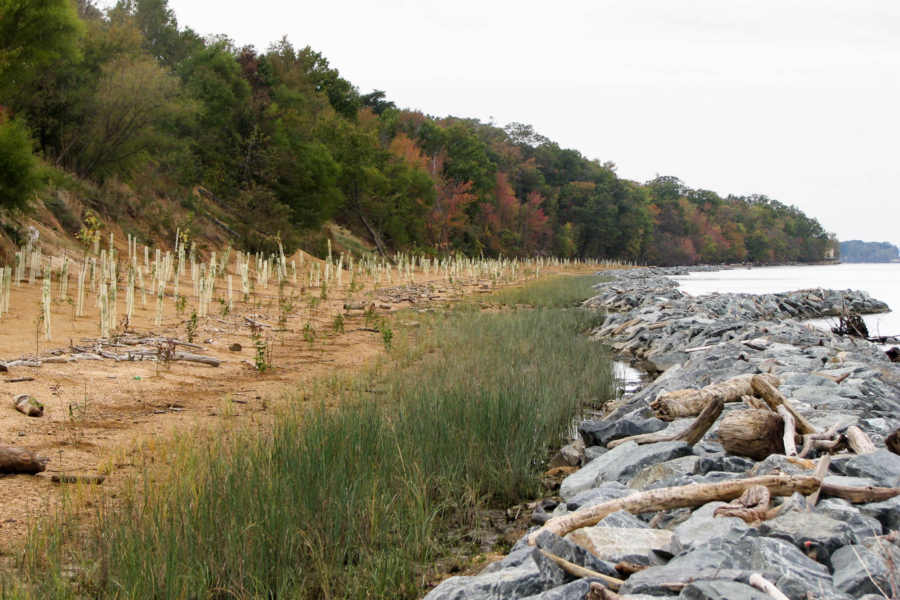Ferrying plants for a cleaner Potomac River
Volunteers with the National Aquarium plant a shoreline buffer at the Naval Support Facility at Indian Head

Volunteers with the National Aquarium plant a shoreline buffer at the Naval Support Facility at Indian Head

Comments
There are no comments.
Thank you!
Your comment has been received. Before it can be published, the comment will be reviewed by our team to ensure it adheres with our rules of engagement.
Back to recent stories